Last week, Vice President Kamala Harris unveiled a spending plan aimed at helping out Americans titled “The Agenda to Lower Costs for American Families.”
A nonpartisan watchdog group known as the Committee for a Responsible Federal Budget (CRFB) has come out to estimate that her plan would add $1.7 trillion to the national deficit. In comments on the campaign trail this week, Harris attempted to defend the plan, asserting that it would provide a “tremendous” return on investment.
Harris Spending Plan
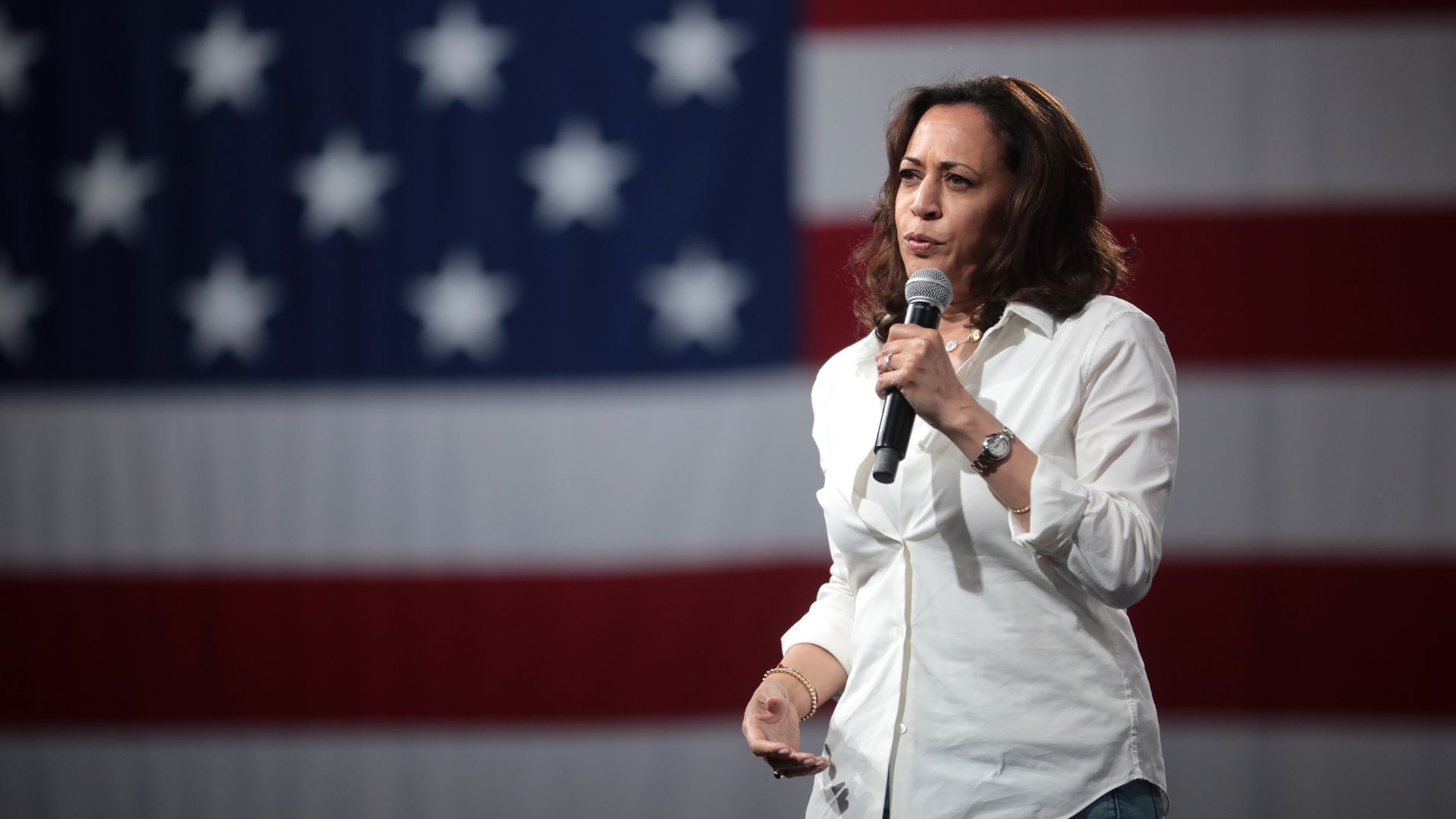
On August 16, The Harris campaign put out a statement announcing the new spending proposal, which if elected to the presidency in November Harris would carry out immediately.
“Today, Vice President Kamala Harris is announcing several proposals for her first 100 days in office to bring down costs for American families,” the statement said.
What is in the Plan?

In the statement, several key steps were outlined that Harris hopes will give some relief to American families who might be struggling in the current economy.
“The steps announced today will cut taxes for the middle class, reduce grocery costs, take on price gouging, lower the costs of owning and renting a home, continue to bring down the costs of prescription drugs, and relieve medical debt for millions of Americans,” the statement said. “These bold actions will address some of the sharpest pain points American families are confronting and bolster their financial security.”
Specific Measures

Many specific initiatives are outlined in the plan. These include steps like the construction of 3 million houses to fight the “housing affordability crisis” and a $25,000 down payment for every first-time homebuyer.
The spending plan also intends to reduce out-of-pocket medical expenses by lowering drug costs as well as canceling medical debt for “millions of Americans.”
Affordable Healthcare
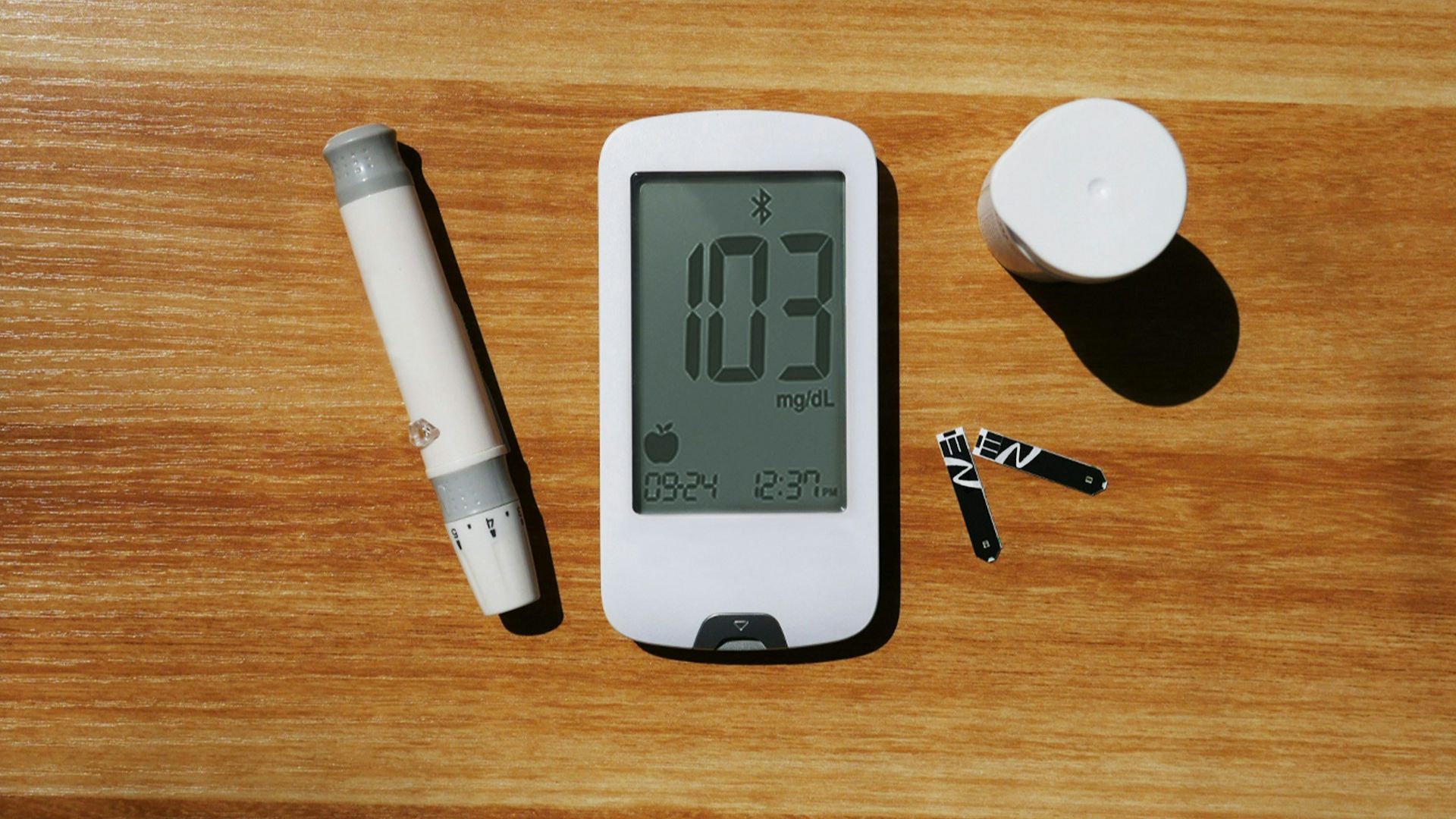
Harris pledges to cap the cost of insulin at $35. She also aims to cap out-of-pocket expenses for prescription drugs at $2,000 for everyone.
Harris and Walz say they will work with states to “cancel medical debt for millions of Americans” and crack down on pharmaceutical companies who jack up prices for consumers.
Keeping Prices Down

Harris’ spending plan emphasizes the importance of keeping prices for essential goods down.
According to the statement, Harris will advance the first-ever federal ban on price gouging on food and groceries. This ban will come with transparent rules for corporations to adhere to and new authority for the FTC and state attorneys general to investigate and impose penalties on companies that inflate food prices.
Incentivizing Building Houses
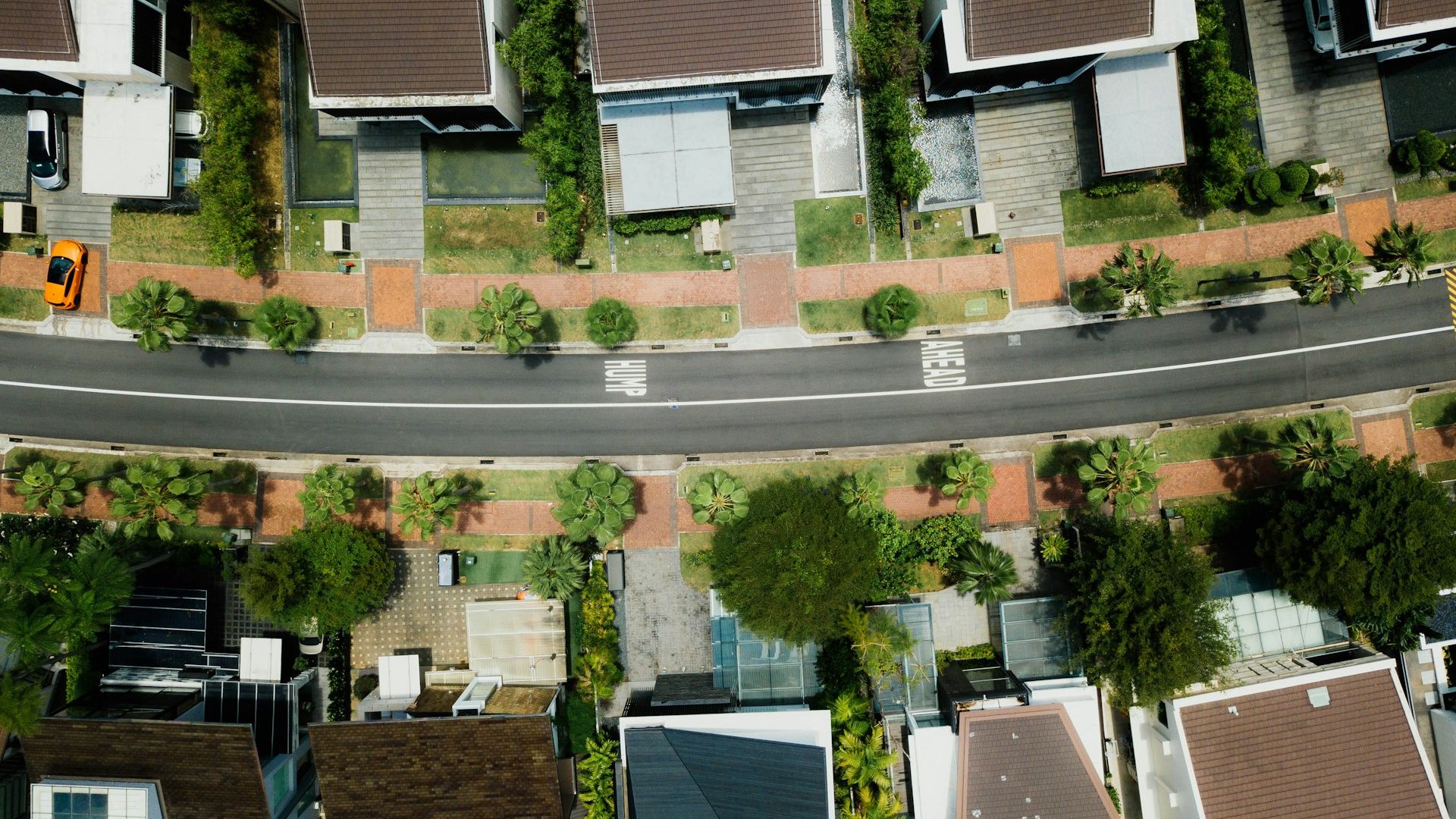
The new spending plan lays out several steps to tackle housing issues nationwide.
If elected, Harris will propose a $40 billion innovation fund to empower local solutions to building housing. The plan would also attempt to reduce needless bureaucracy to accelerate the construction of new homes.
Tax Cuts for the Middle Class
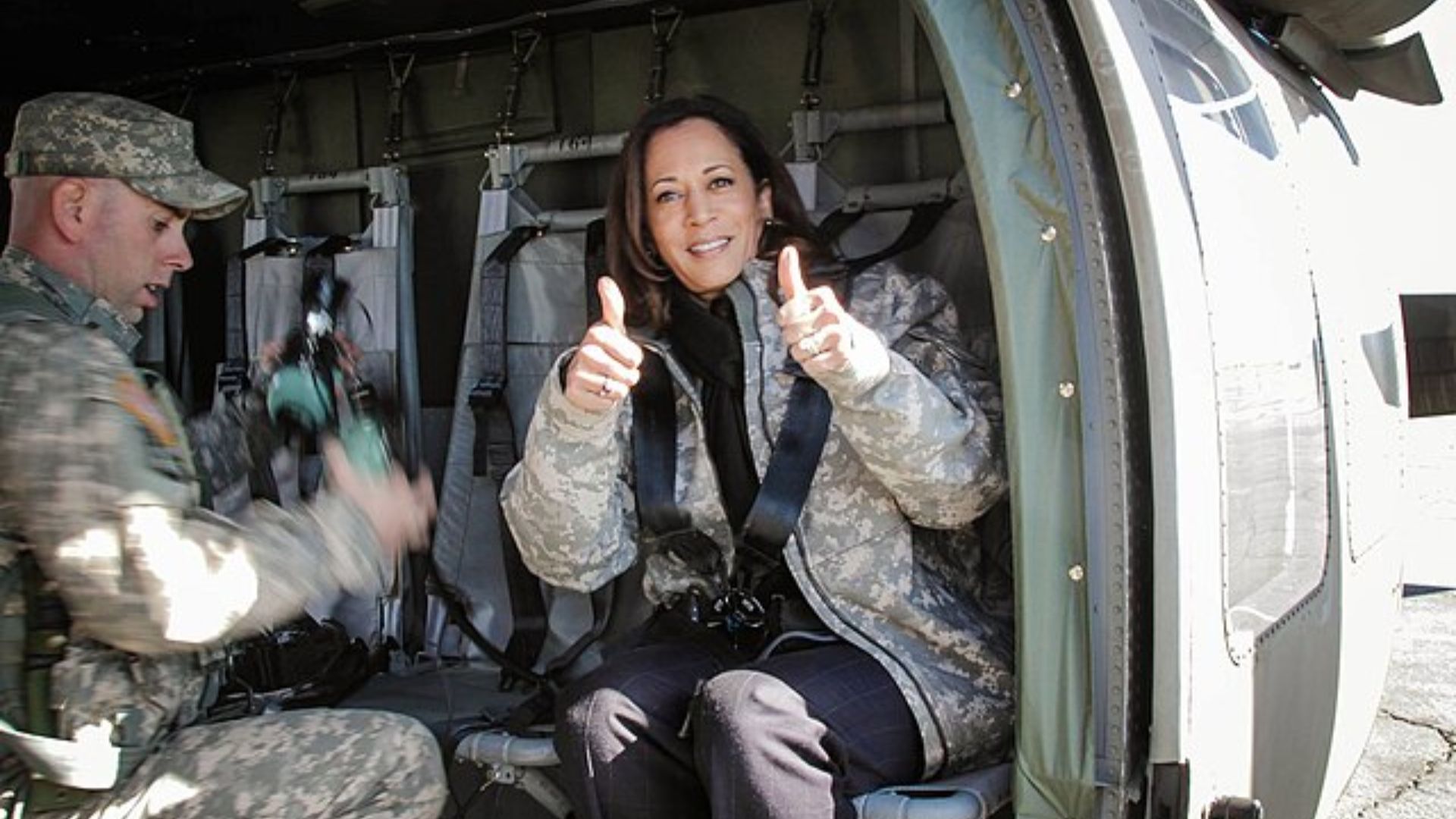
The Agenda to Lower Costs for American Families sets out how it will cut taxes for middle-class households.
On top of the $6,000 child tax credit, the plan would cut taxes for frontline workers by up to $1,500. The Affordable Care Act would save middle-class Americans an average of $700 on health insurance premiums.
Cost Estimate

After the announcement of the spending plan, the CRFB put out an estimate for the cost of the plan.
“Taken together, we estimate the policies in this plan would increase deficits by $1.7 trillion over a decade,” said the CRFB. “That figure would grow to $2.0 trillion if temporary housing policies were made permanent.”
Attempting to Offset Costs
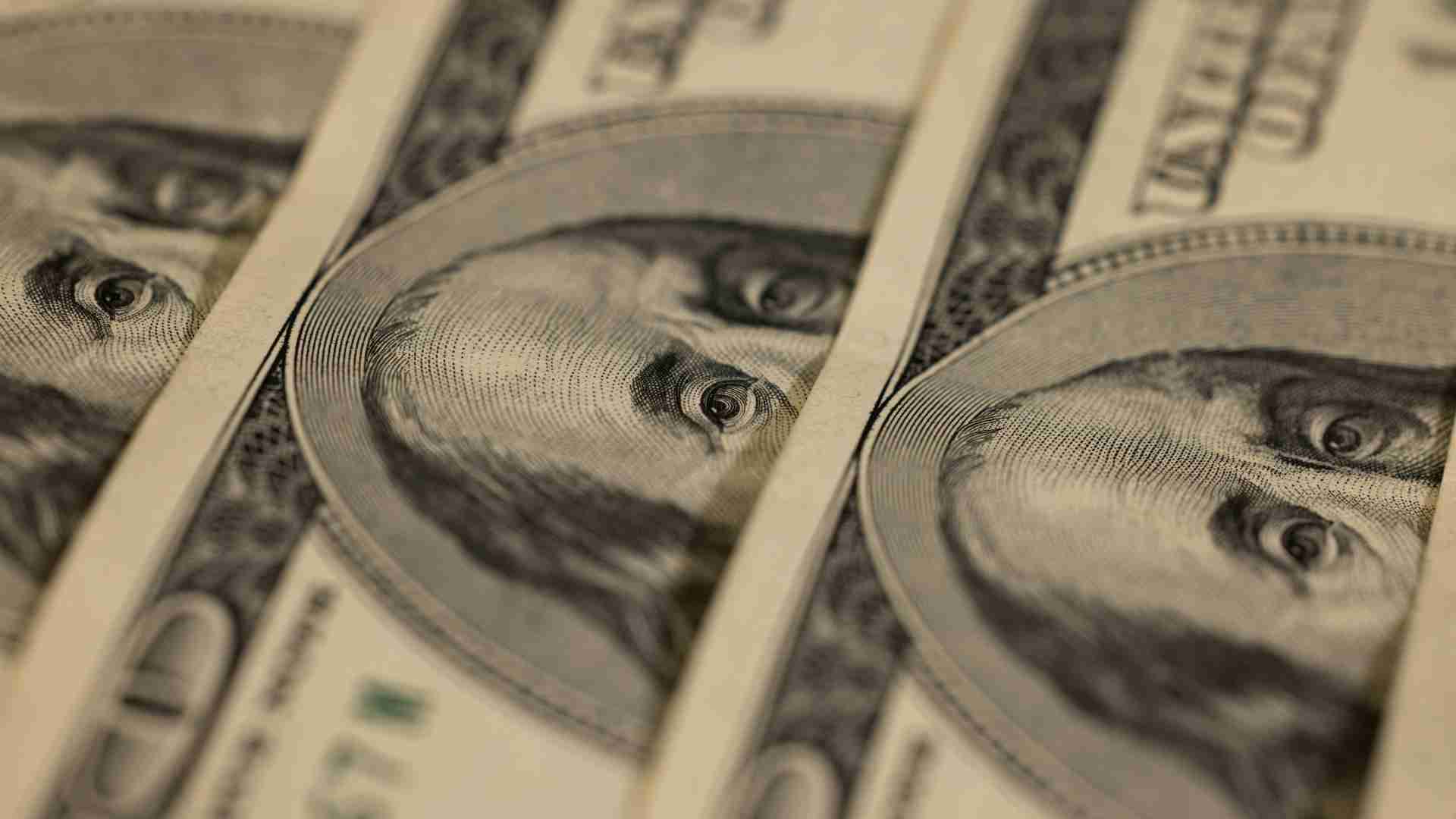
According to the CRFB, this $1.7 trillion cost will supposedly be offset through an increase in taxes on corporations and high earners in the country. However, these specific offsets have not been released as part of the proposal.
This figure $1.7 trillion from the CRFB includes a $250 billion offset estimated from the proposal to lower the cost of prescription drugs.
Most Expensive Part of the Plan
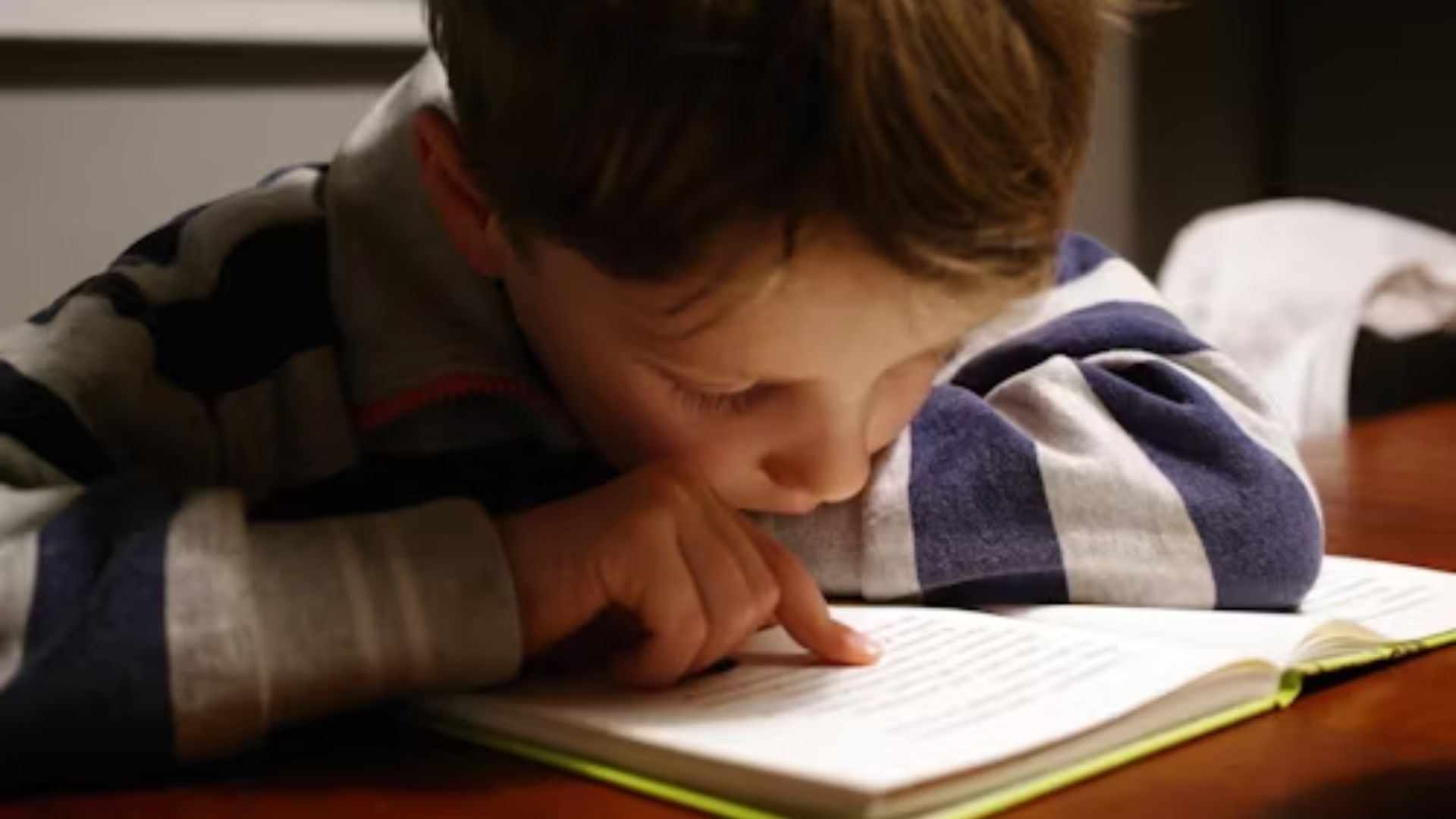
It is estimated that Harris’ move to expand the child tax credit would represent the lion’s share of the cost of the plan.
By increasing the base credit from $2,000 to $3,000, making it fully refundable, and increasing the credit to $3,600 for children under six, the child tax credit expansion would add $1.1 trillion to the deficit over 10 years.
Harris Defends Her Plan

On the campaign trail this week, Harris answered questions from reporters and focused on what the plan would do for Americans and less on how it would be funded.
“The return on that investment, in terms of what that will do and what it will pay for, will be tremendous,” Harris said.
Increasing Home Ownership
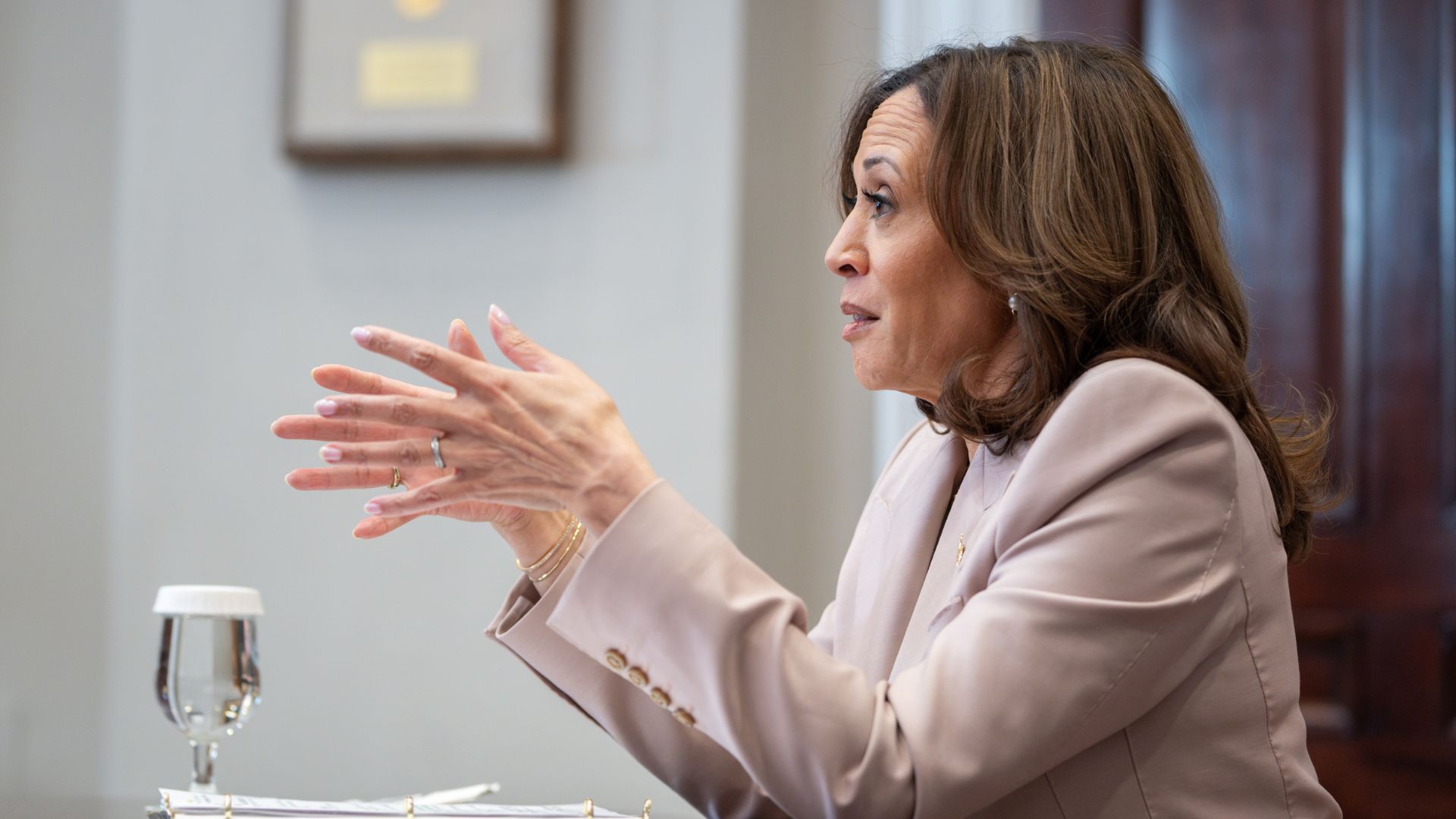
This theme of defaulting to praising the possible return on investment was common as Harris defended her plan.
“When we increase homeownership in America, what that means in terms of increasing the tax base, not to mention your property tax base, and what that does to fund schools. Again, return on investment,” Harris said.
Return on Investment

Harris expanded on her idea of a return on investment, saying that it’s an important part of public policy that people miss out on.
“I think it’s a mistake for any person who talks about public policy to not critically evaluate how you measure the return on investment,” said Harris.
A Childcare Crisis

Harris’ childcare plan is not just a staple in making life more affordable. It is also a political move.
The key to electoral victory in November will be suburban women in swing states like Pennsylvania. Women provide two-thirds of unpaid care work, and women are disproportionately affected when families cannot find affordable care for children and elderly parents. Childcare prices are rising faster than inflation.
Building on Biden’s Administration
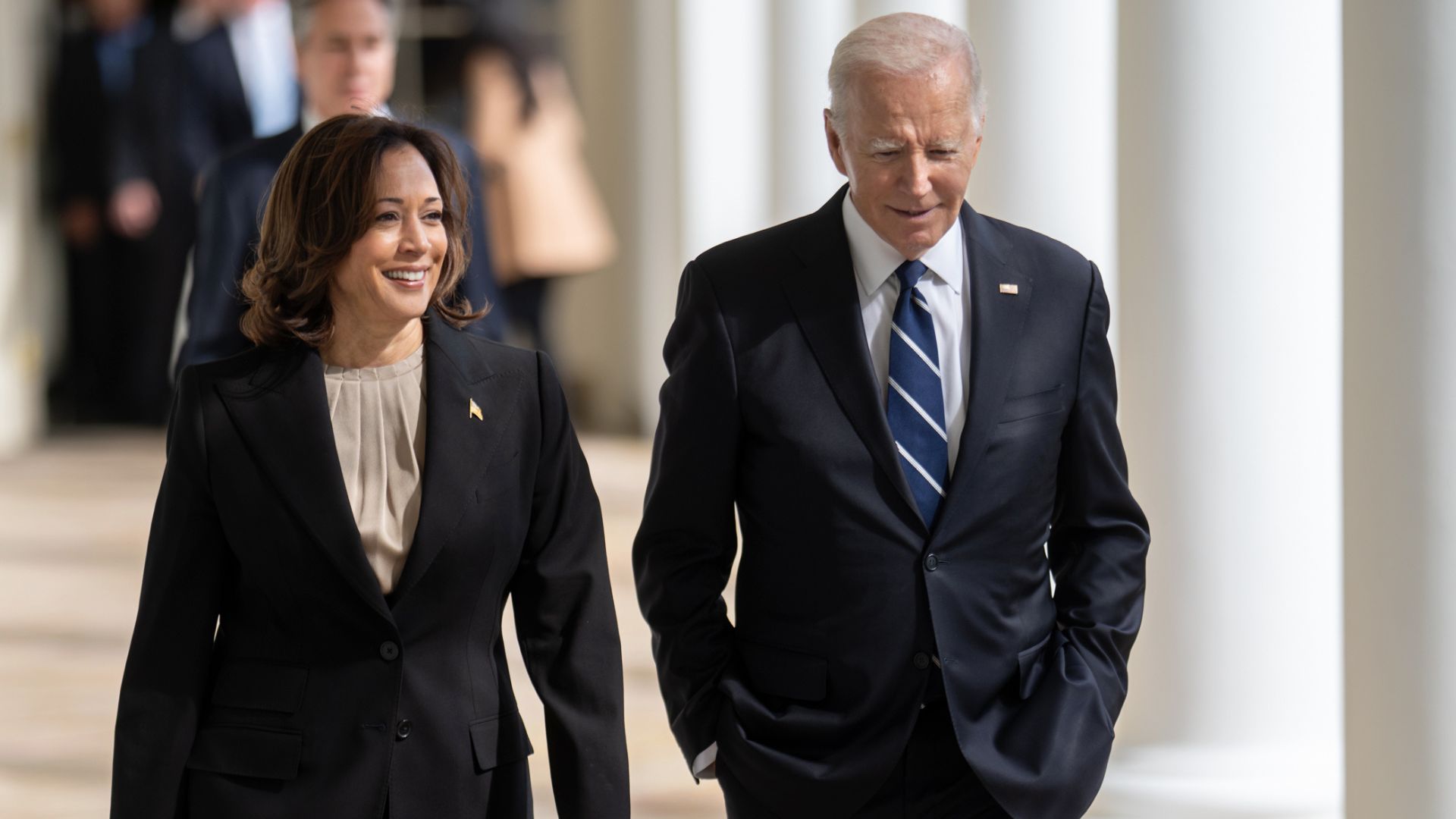
Harris plans to continue building on the Biden administration’s proposals.
Biden proposed national paid family leave. He also pushed to make prekindergarten universal and invest billions in childcare so families would not spend more than 7% of their income.
A Crucial Period of Life
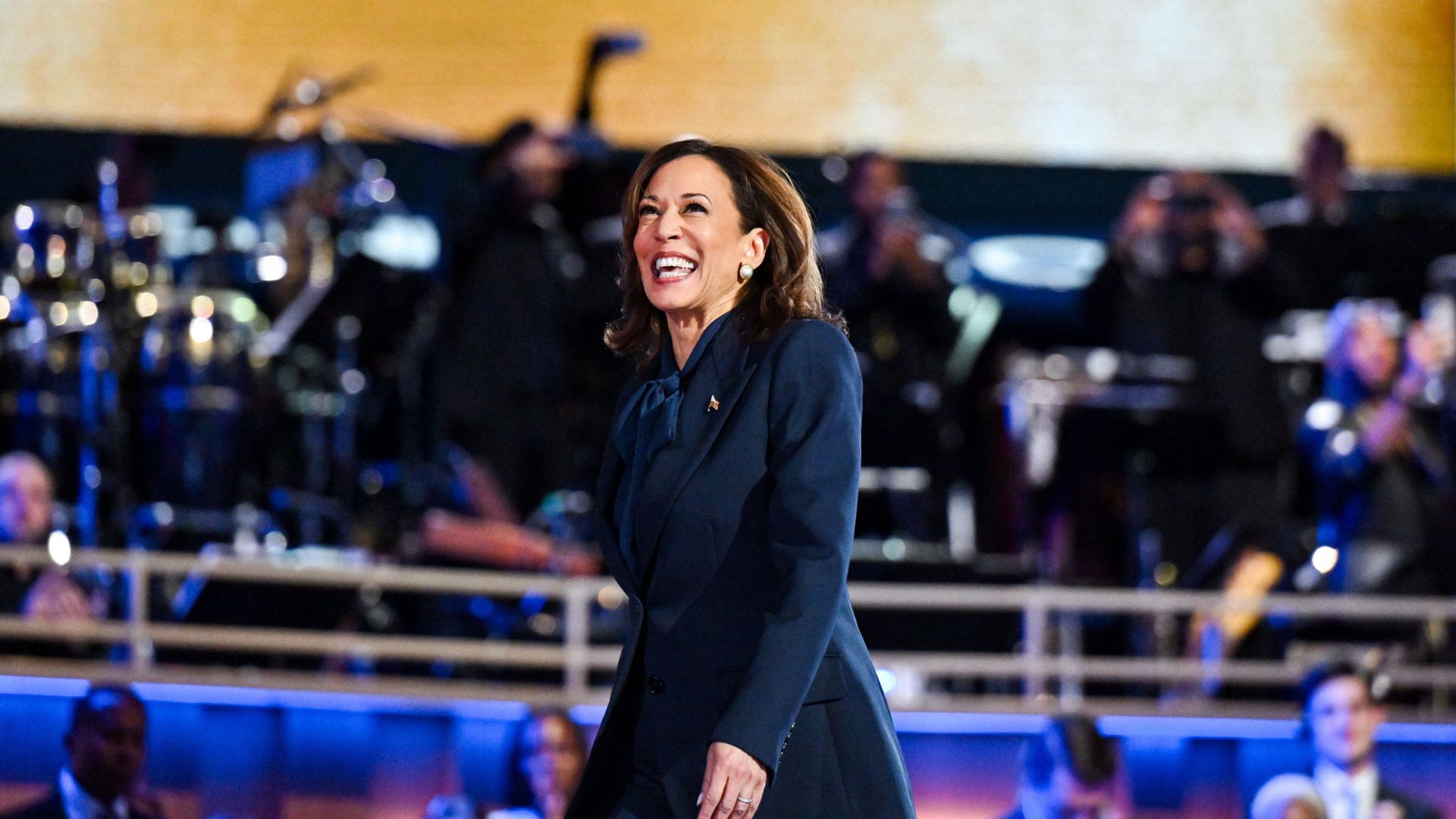
Harris and Walz’s economic agenda would raise child credits to $3,600. However, tax child credits could reach $6,000 for the child’s first year of life.
In North Carolina, Harris said: “That is a vital year of critical development of a child, and the costs can really add up, especially for young parents who need to buy diapers and clothes and a car seat and so much else.”
Pays For Itself
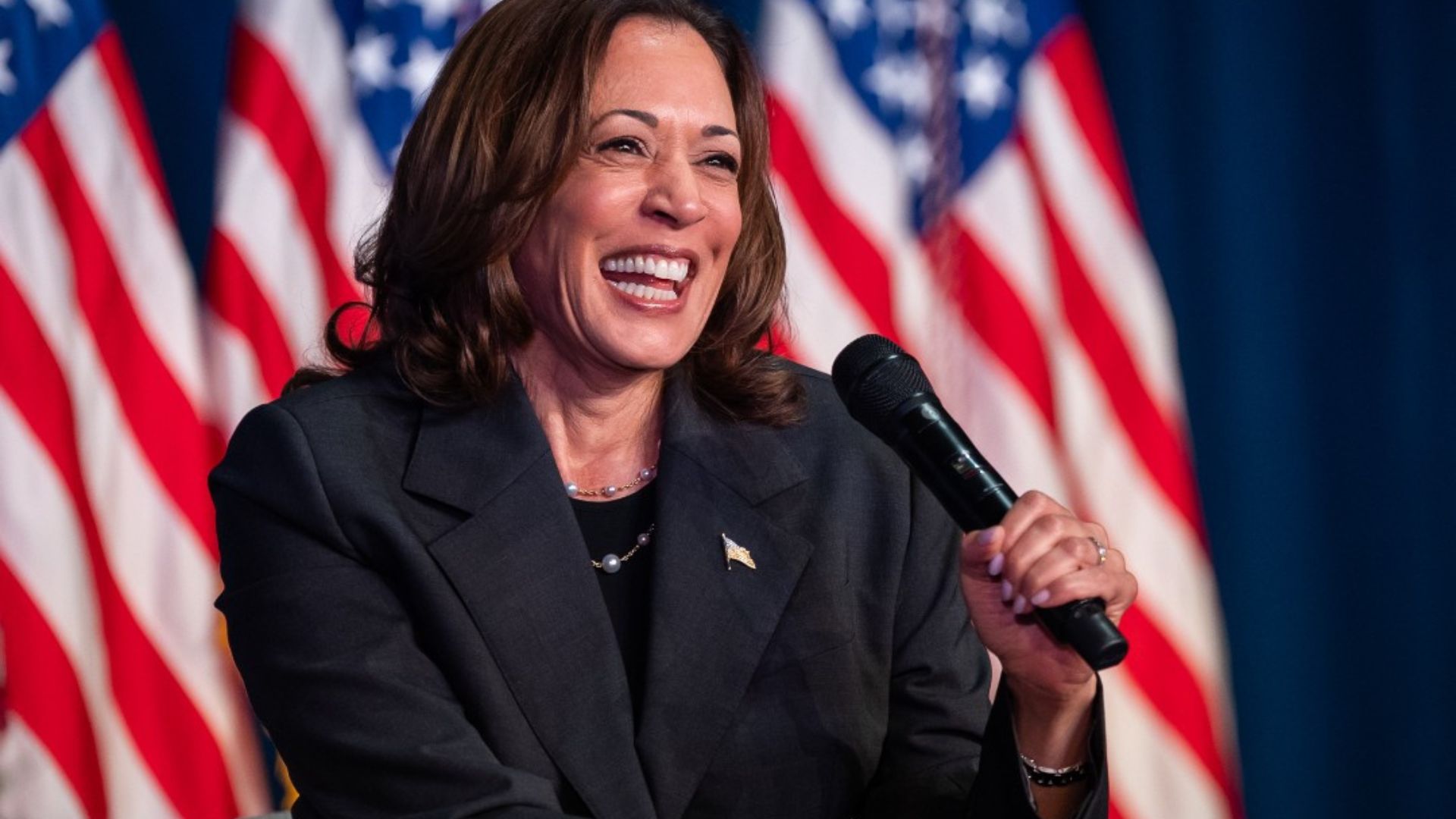
Harris feels that investing taxpayer money into American communities will create a rising tide that will help get that investment back in the future.
“When you are strengthening neighborhoods, strengthening communities, and in particular the economy of those communities and investing in a broad-based economy, everybody benefits and it pays for itself in that way,” said Harris.
Criticizing the Plan
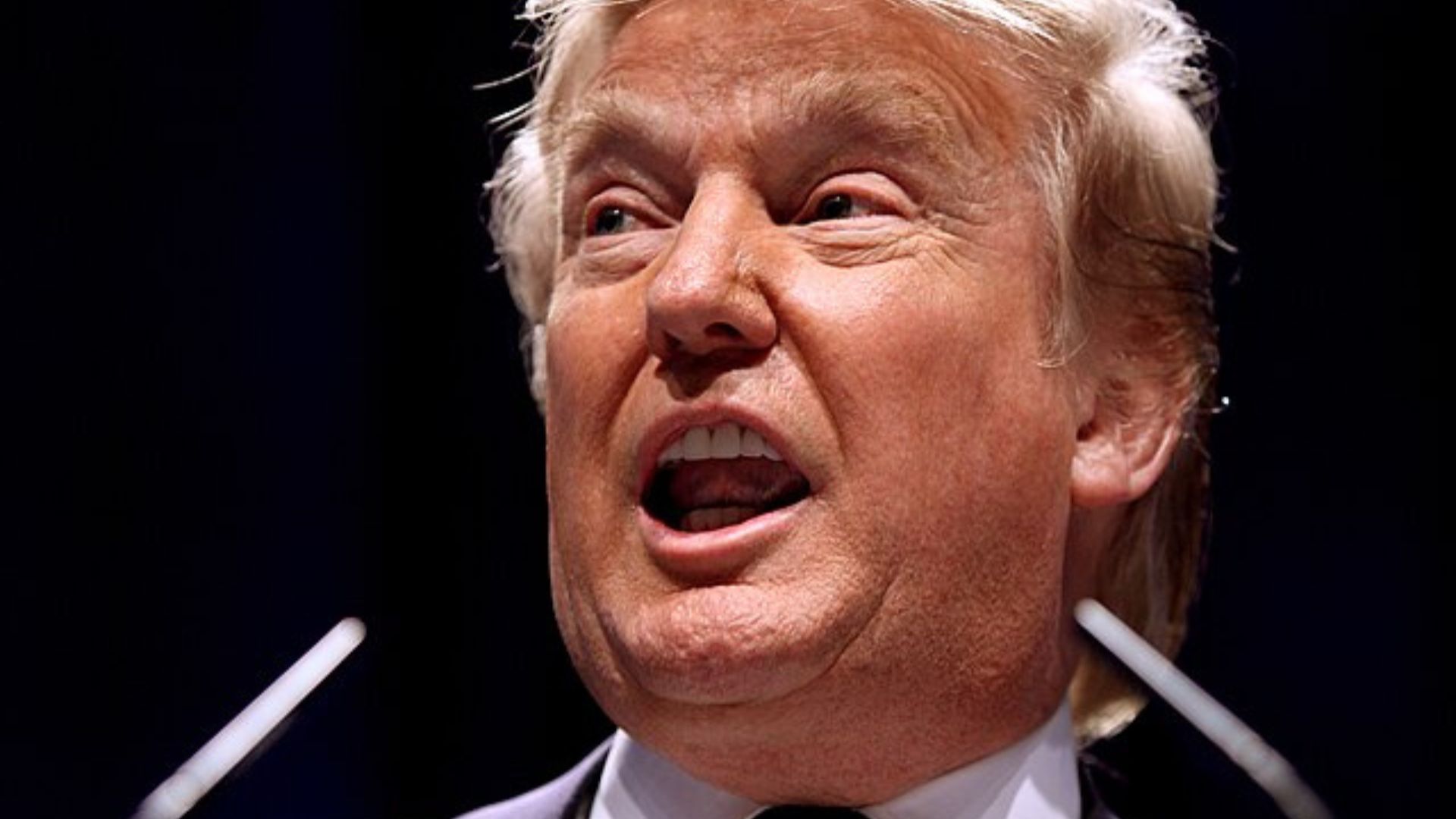
Since the Harris administration announced the spending plan, it has received a wave of pushback from critics who found it too expensive and the policies too radical.
“Kamala wants to spend $1.7 trillion dollars in wasteful spending, causing more inflation—and she says it’s a mistake to ask her how she’s going to pay for it,” said former President Donald Trump at a press conference. “Kamala can’t answer how she’d pay for any of her new liberal spending schemes that will bankrupt our country.”
Slamming Trump’s Plan
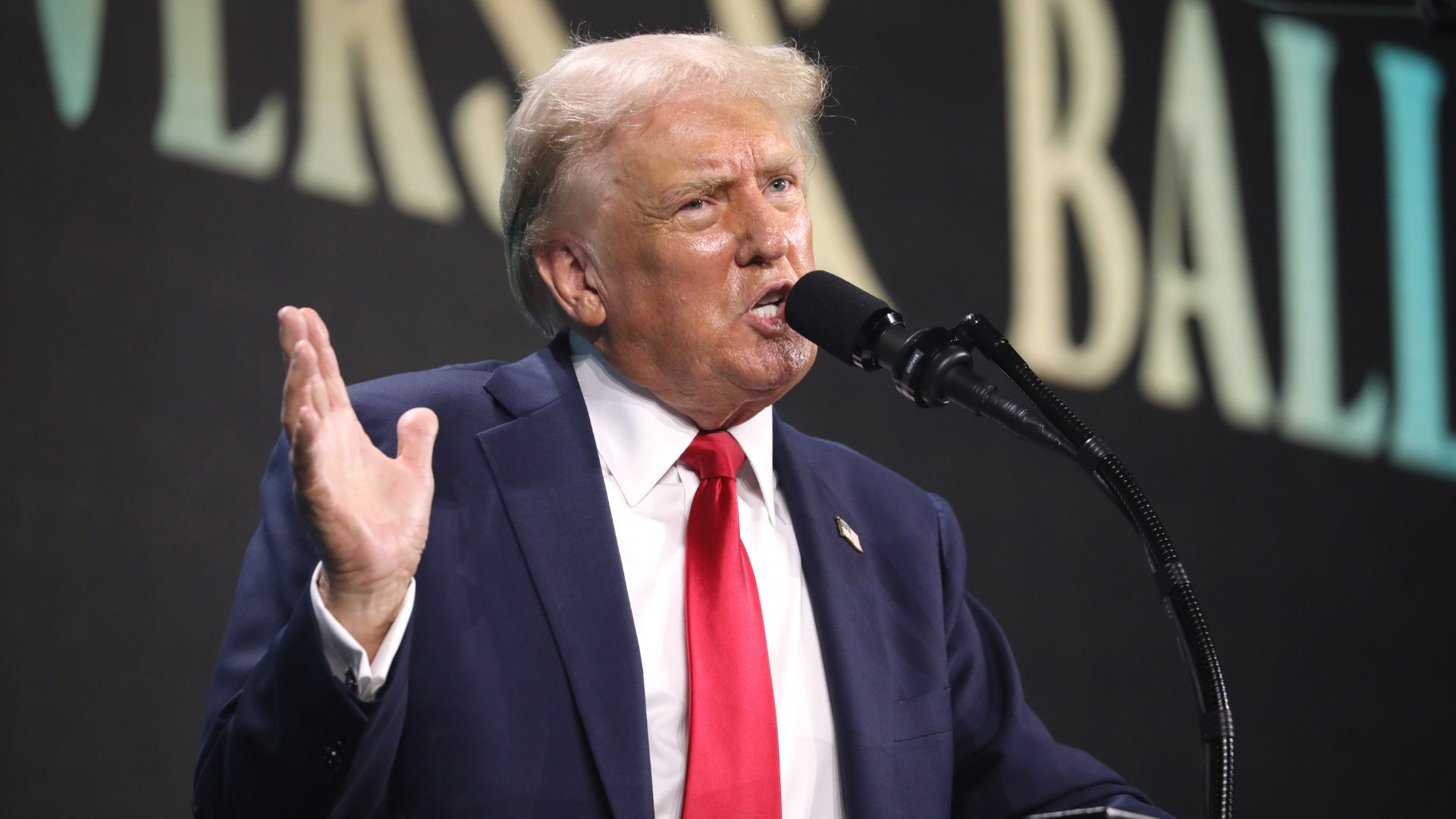
While Trump claims that Harris’ new plan is too expensive and will exacerbate inflation, Harris is not impressed by Trump’s spending plan either.
The statement said Harris’ plan is in “stark contrast to Trump,” claiming that he would increase costs for families by at least £3000. The statement cites a new national sales tax on imported everyday goods like gas, food, clothing, and medicine. Harris argued that Trump’s plan would spark inflation, and experts said he would plunge America into a recession.
Unclear Childcare Plan
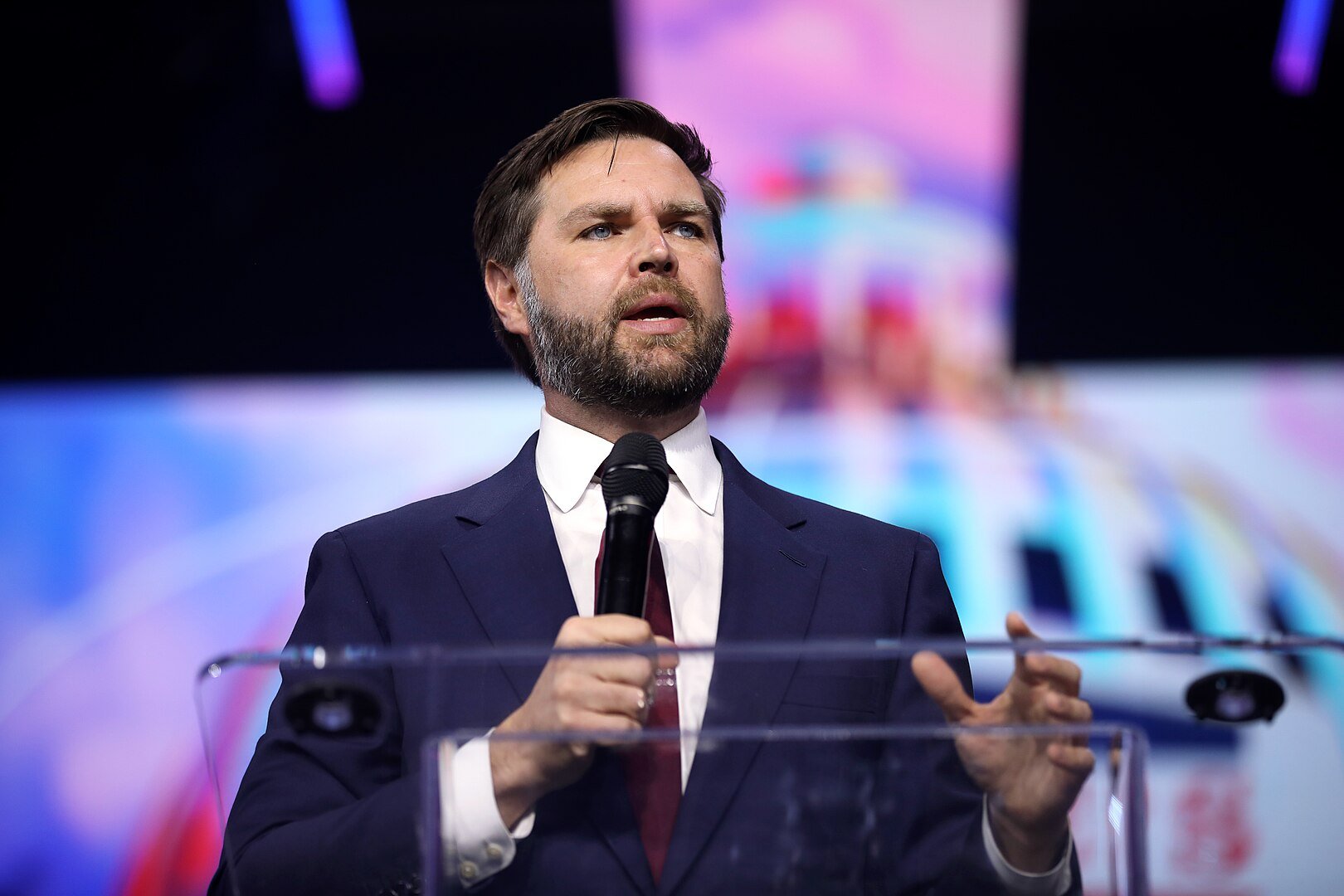
While Trump has criticized Harris’ child tax credit plan as too expensive and radical, he has steered clear of laying out any plans to make childcare more affordable.
Trump’s running mate, JD Vance, said he wants to raise the child tax credit to $5,000. However, he has also opposed government spending on childcare. He argues that many children benefit from having one parent at home as a caretaker.
A Shift between Campaigns
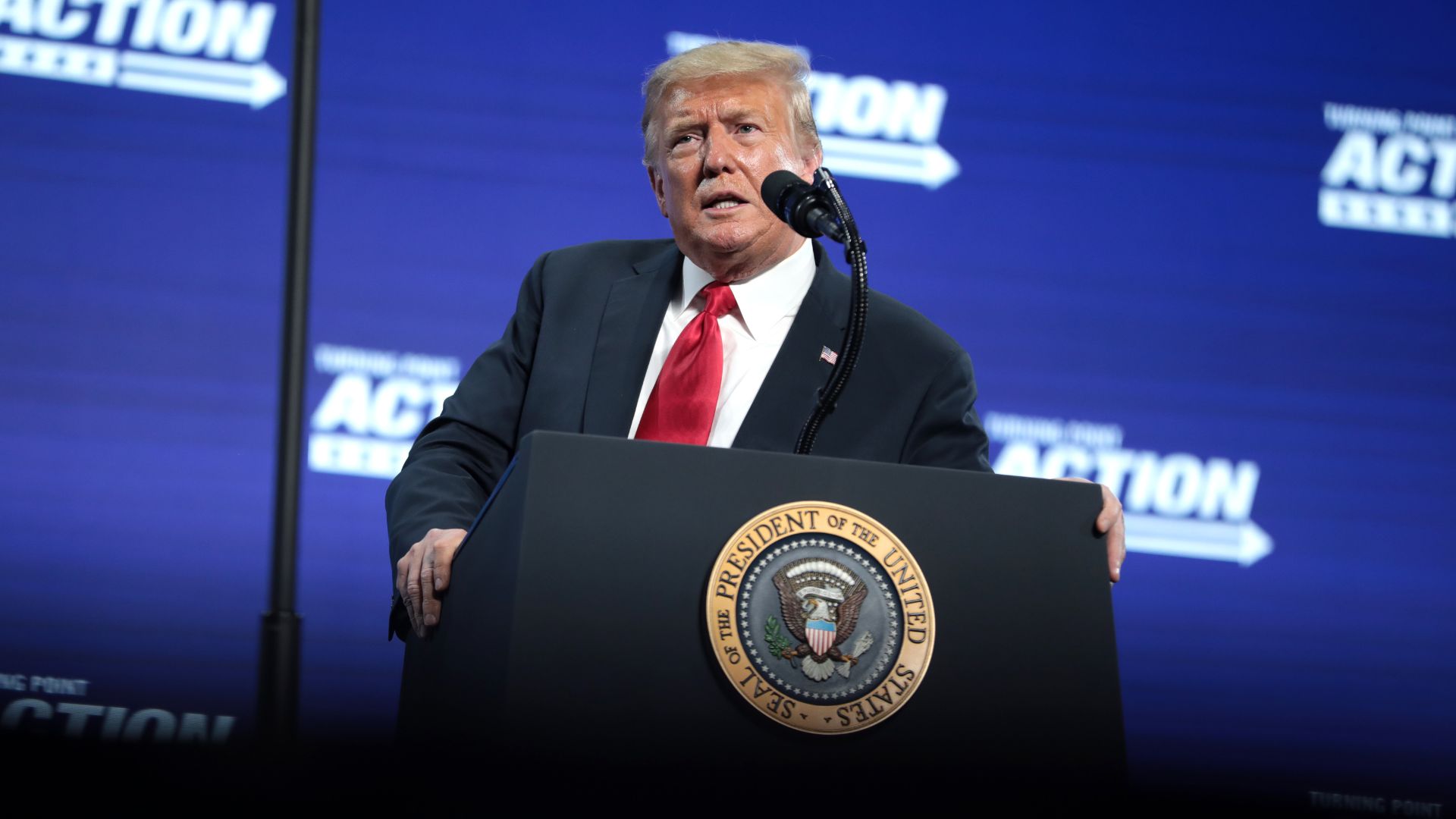
Trump’s approach to childcare has changed since his first presidential campaign.
During the presidential debate, the moderator asked Trump twice what he would do to lower childcare costs. Both times, he pivoted to other talking points. In his first campaign, the former president sought $1 billion for childcare and a parental leave policy. While he failed, he did succeed in doubling the child tax credit and establishing paid leave for federal employees.
Pro-Family Economic Policy
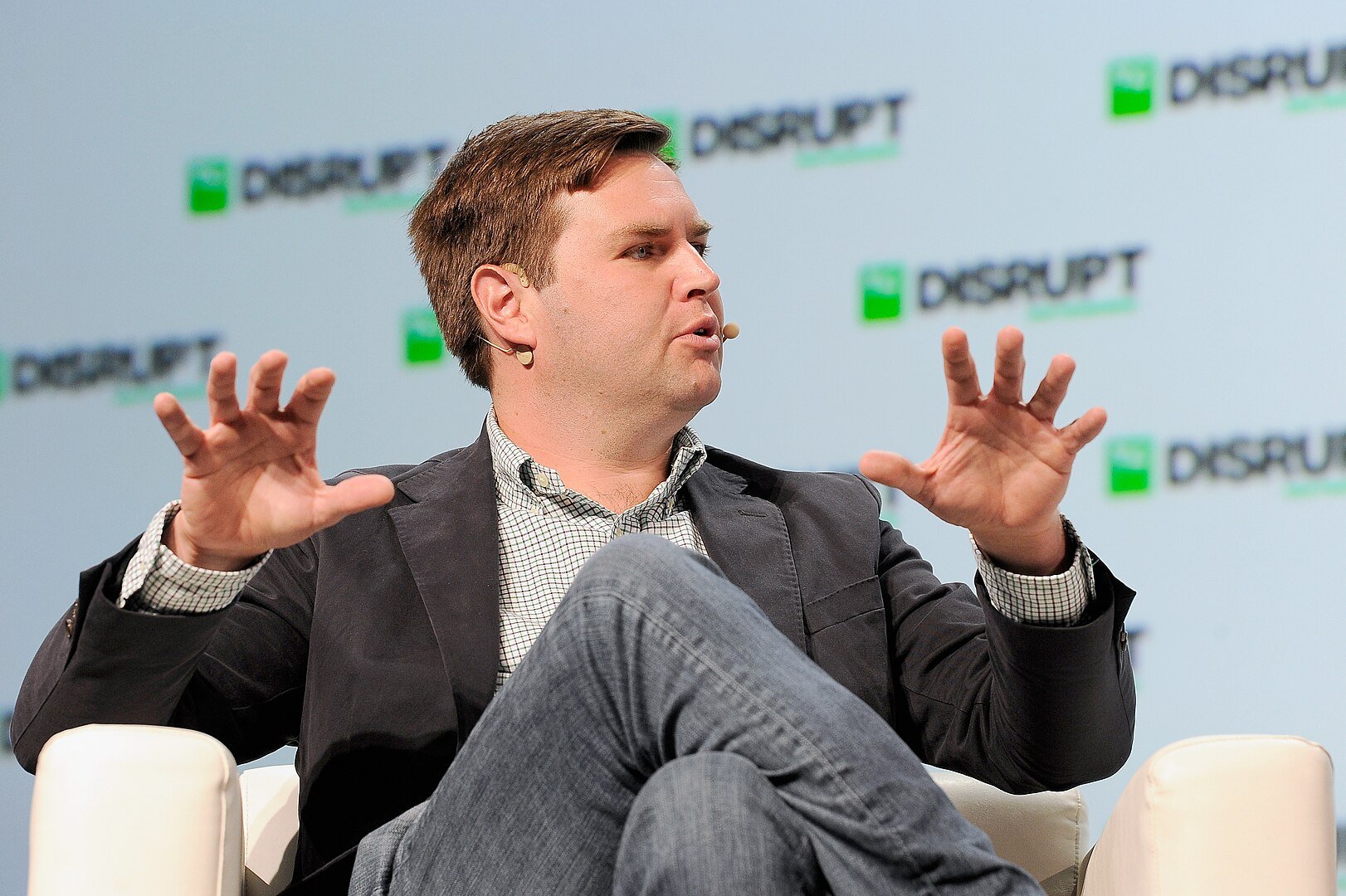
While Harris’ economic agenda focuses on enabling both parents to get back to work after having children, Trump’s running mate has a different approach.
Vance has put forward policies that would make it easier for a family to live off a single income. Vance embraces policies such as these as “pro-family.” Pointing to recent inflation, the Trump-Vance campaign said the Biden administration has made life tougher for families.
A Need for Change

Regardless of Harris’ or Trump’s spending plan, it is clear that the economic situation for Americans needs to change.
According to the Associated Press, the high cost of care for children and the elderly is forcing women out of the workforce. Professional caretakers have been left in low-wage jobs. Whoever becomes the president, their plan needs to promote economic growth and curb inflation.
